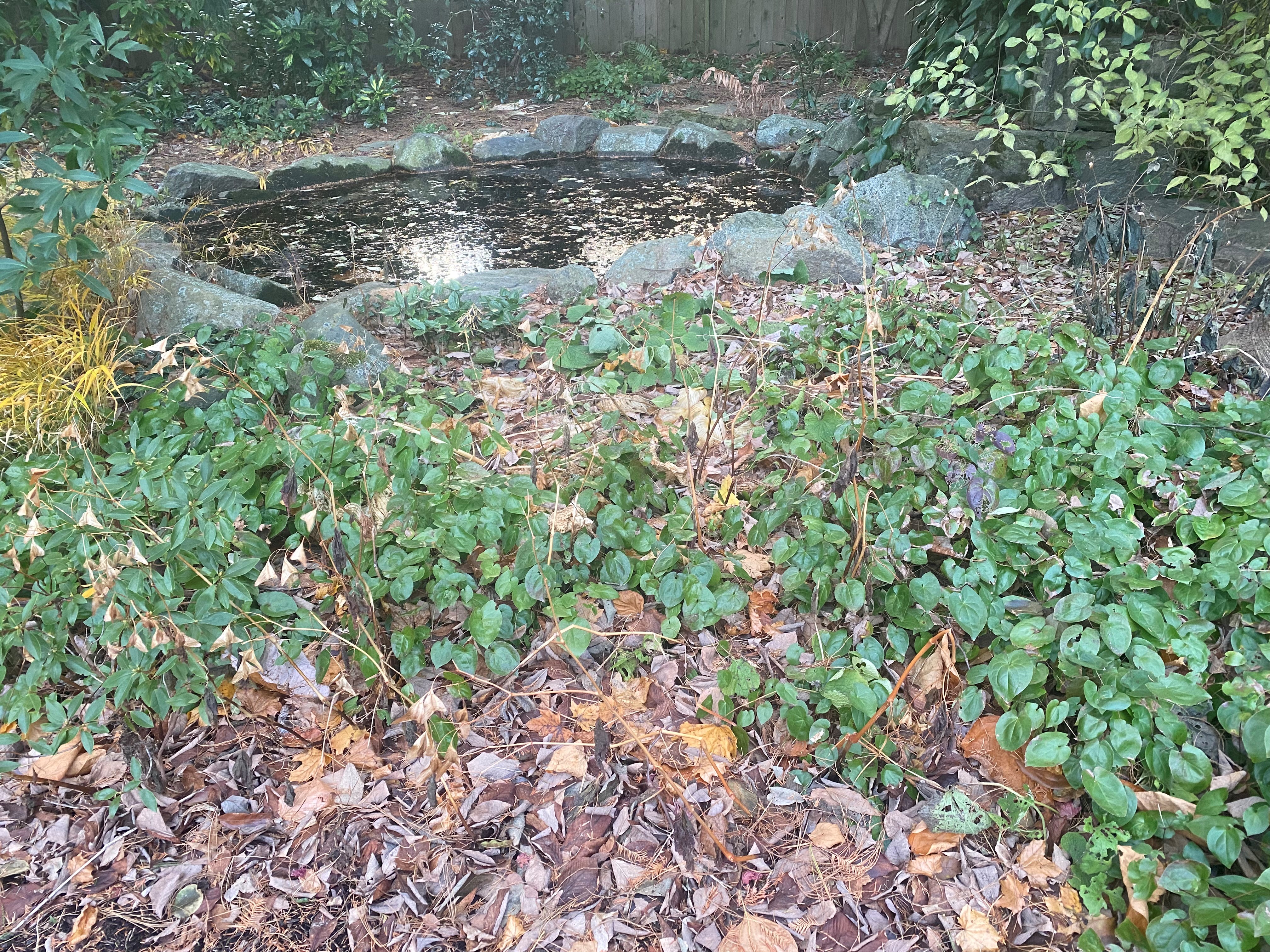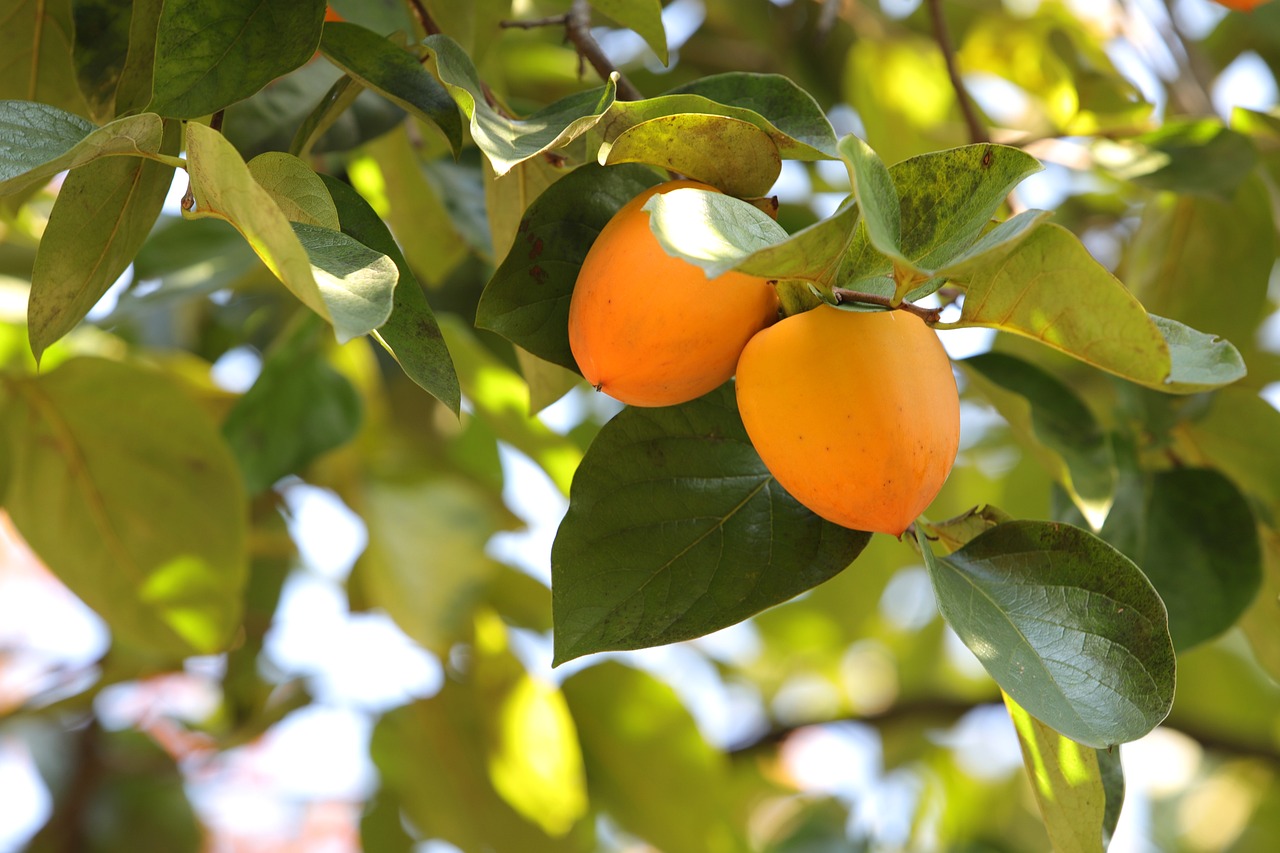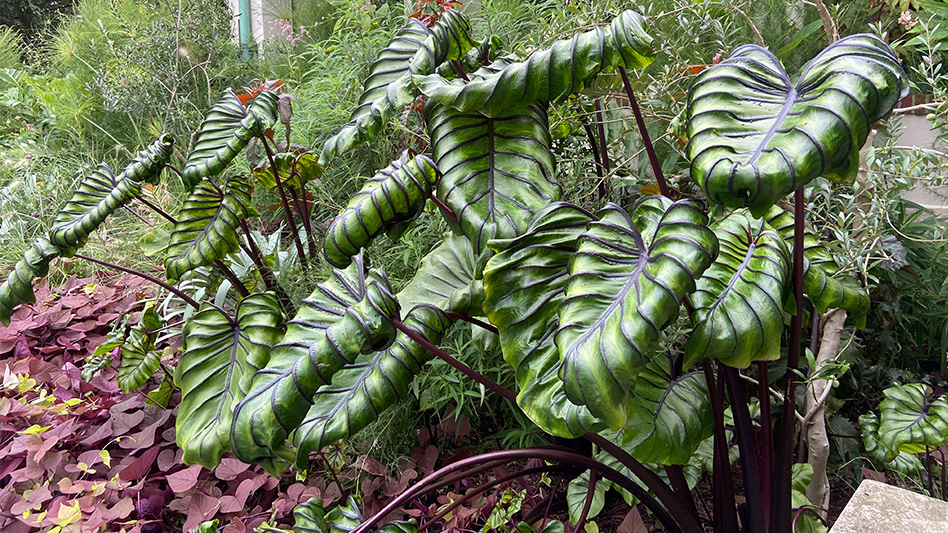As the 2023 gardening season winds down, The Pennsylvania Horticultural Society is sharing top trends gardeners can expect to see in 2024.
PHS, known as a national leader for gardening and the producer of the world-renowned PHS Philadelphia Flower Show, is routinely tapped as a source for inspiration and trendsetting in gardening and horticulture.
“These 2024 gardening trends are based on what we have seen by attending conferences, exhibitions, visiting countless personal and public gardens, and conversations with professionals. They are a fantastic way for gardeners to get inspired and get a feel for what professionals at the forefront of this industry are doing in their own gardens. Whether you are a beginner or a seasoned expert, these trends and plant selections can breathe new life into your space in an approachable way,” says PHS Vice President of Horticulture Andrew Bunting.
Below is the full list of the PHS gardening trends for 2024.
1. Considering the environment as you garden
This trend includes gardening practices that put the environment first. As part of PHS’s ethos of “Gardening for the Greater Good,” here are several ways that gardening can promote environmental stewardship:
- Movements such as “Leave the Leaves” in the fall help reduce landfill waste.
- Converting two-cycle gas powered engines (blowers, lawn mowers, etc.) to battery-operated machinery reduces carbon emissions.
- Creating habitats for overwintering insects by not cutting back perennials in the fall provides shelter and a source of food for insects and animals.
- “Rewilding” or converting portions of lawn into meadows using eco-friendly plantings.
- Using peat-free potting soils to help lower demand for peat harvesting. Peat bogs are vital wetland habitats for many animals, insects and plants, and harvesting damages these important ecosystems.
- Buying brands that focus on native plants, such as American Beauties, can add to backyard biodiversity and lessen the usage of resources such as water and fertilizers.

2. Growing fruit at home
Growing fruit at home has gained popularity for both those with yard space and container space. As a fun and lower maintenance alternative to growing vegetables, gardeners are driven to add some sweetness to their gardens.
For those with yard space, Asian persimmons like Diospyros kaki ‘Saijo,’ ‘Fuyu,’ or the native persimmons, Diospyros virginiana, and the native pawpaw, Asimina triloba, have been gaining in popularity as alternatives to the more traditional pears, apples and peaches. For gardeners who want to try container fruit gardening, new options include high producing, compact, ornamental and self-pollinating plants for the home garden such as Bushel and Berry blueberries, the Fignomenal dwarf figs, and Sweet Kiss strawberries.

3. Decorating with houseplants
Houseplants continue to dominate as a source of décor, while the term “plant parent” is now a common term. Companies and retailers are focusing on education so that all levels of “plant parenting” can be accommodated through easy instructions for success.
Popular houseplants in 2024 include the easy-to-care-for mother-in-law's tongue, Sansevieria (syn. Dracaena) and the popular low-light loving, unique foliage aroids (monstera, pothos, anthurium, epipremnum, alocasia and philodendron). Proven Winners has introduced lifestyle house plant collections (Leaf Joy Atrium Collection and Leaf Joy Cocoon Collection) that take the guesswork out of figuring out ideal conditions for plants, offering easy-to-access information to ensure plants thrive.
 Houseplants continue to dominate as a source of décor.
Houseplants continue to dominate as a source of décor.4. Achieving ecological certifications
Home gardens are becoming popular vehicles to draw attention to the overall nature-based movement. With gardeners working hard on curating their gardens, why not garner some public recognition for your efforts? Several organizations now recognize home gardens with ecological certifications, including:
- Home Grown National Park
- Monarch Watch Waystations Habitat Registration
- National Wildlife Federation Wildlife Habitat Certification
- Penn State Extension Service Pollinator Friendly Garden
5. Planting pollinator friendly gardens
Pollinator gardens provide habitat and food for native pollinating bees, wasps, moths and butterflies, including the iconic monarch butterfly. Usage of these plants in gardens is rising — in tandem with greater awareness of the important ecological functions that pollinators provide. Creating bee habitats like “bee hotels” and leaving or stacking stems from perennials are also popular tactics gardeners are adopting to provide good overwintering habitat for pollinators.
Adding pollinator attracting plants such as pycnanthemum, mountain mint, eutrochium (syn. eupatorium), Joe-pye weed, liatris, gayfeathers, echinacea, coneflowers, asclepias and milkweeds will increase the diversity of garden pollinators.

6. Mitigating global climate change
By planting more heat and drought tolerant southern native species, gardeners can help counteract the impacts of changing weather patterns, including increases in periods of drought and much hotter summers. Strategically selecting species for drought tolerance, as well as adopting waterwise gardening practices and utilizing gravel gardens, rain gardens or swale gardens are tools that can be used to mitigate the impacts of climate change.
Plant options include Mexican dogwood, Cornus florida subsp. urbiniana, Magnolia grandiflora, southern magnolia, willow oak, Quercus phellos and the Florida anise, Illicium floridanum.
7. Using substitutes for boxwoods
Boxwood blight is an ongoing fungal issue for many gardeners who consider boxwoods an easy-to-care-for and durable evergreen. Boxwood blight is hard to control in the garden, and since it spreads quickly, many plants are dying or being compromised. Because of this, gardeners are starting to think about alternative options to prevent potential boxwood blight.
Some great substitutions include the Proven Winners ColorChoice varieties of inkberry holly: Strongbox, Gem Box and Squeeze Box Ilex glabra. Additionally, boxwoods that are bred to be resistant to blight are being promoted by Better Boxwood, such as Skylight, Renaissance, Heritage and Babylon Beauty.
8. Planting more grasses and sedges
Grasses and sedges continue to be popular garden plants, playing important ornamental and ecological roles in the garden. The use of these plants has been popularized by famed garden designers such as Piet Oudolf, Claudia West, Kelly Norris, Roy Diblick, Jeff Epping and many others, pushing grasses and sedges to the forefront of design instead of being just filler. While ornamental grasses have been popular for nearly three decades, their prominent usage has grown as a critical component in native plant and pollinator gardens.
Some top-performing sedges include the Wood’s sedge, Carex woodii; Cherokee sedge, Carex cherokeenis; common brome sedge, Carex bromoides; white-tinge sedge, Carex albicans; and the ever popular Pennsylvania sedge, Carex pensylvanica. Some new grasses from famed grass hybridizer Brent Horvath at Intrinsic Perennials include two selections of the little bluestem, Schizachyrium scoparium ‘Little Red’ and ‘Sandhill,’ and the big bluestem, Andropogon gerardii ‘Blackhawks’ and ‘Holy Smoke.’
9. Growing hydrangea mania
Hydrangeas will continue their dominance in the home landscaping and floral industry. Beloved for their mops of colorful, long blooming flowers in many unique shapes, hydrangeas will continue their reign in both the floral and landscaping arenas.
Growers are responding by introducing several new varieties that emphasize stunning color variations and the ability to find a hydrangea for any garden space. Bailey Nursery’s First Editions Hydrangea macrophylla Eclipse features purple-black foliage and contrasting pink flowers. From Star Roses and Plants, Hydrangea paniculata Sweet Starlight is a new compact selection perfect for the small garden or container.
10. Enjoying a taste of the tropics
Tropical plants are popular in the garden for their seasonal large and luxuriant foliage. This impact in the temperate garden creates a tropical-like feeling throughout the summer and into the fall and offers vibrant splashes of color, bringing a taste of the tropics home.
Great tropical plants coming to garden centers include two new elephant ears, Colocasia esculenta Redemption and Pharaoh’s Mask from Plants Nouveau. Great new bold foliaged begonias with great leaf patterns include Jurassic rex begonias, Begonia rex Curly and the Shadow King series. The Hollywood Hibiscus, Sun Parasol Mandevilla and Canna Cannova Red Golden Flame and Bronze Peach are great new tropical plant introductions.

Latest from Garden Center
- GS1 US Celebrates 50-Year Barcode 'Scanniversary' and Heralds Next-Generation Barcode to Support Modern Commerce
- Weekend Reading 7/26/24
- Retail Revival: Making gardening contagious
- ‘Part of our story’
- Registration now open for Garden Center Fertile Ground Webinar Series
- Dramm introduces new hose, sprinkler attachments for home gardeners, nurseries
- Meet the 15 Retailers' Choice Awards winners from Cultivate'24
- 2024 Top 100 Independent Garden Centers List





